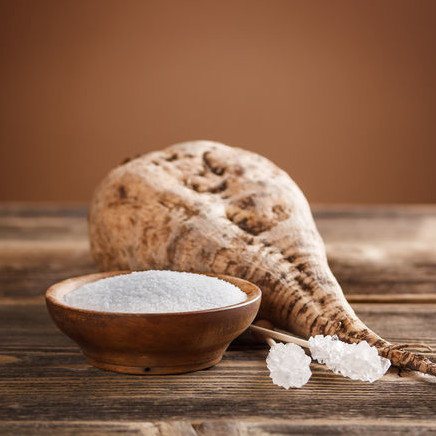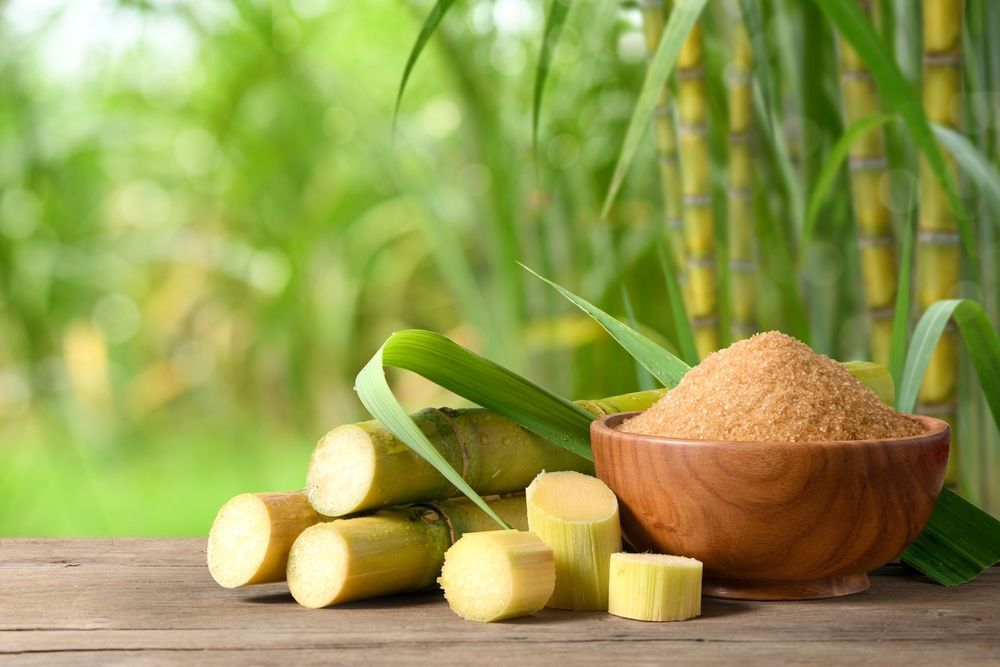The sourcing of beet sugar vs cane sugar affects farming impact in the sugar industry.
The sourcing of beet sugar vs cane sugar affects farming impact in the sugar industry.
Blog Article
Discover the Uses and Perks of Beet Sugar Vs Cane Sugar in Your Daily Diet Regimen
Exploring the unique high qualities of beet and cane sugar reveals greater than simply their sweetening capacities; it highlights their distinct effect on health and culinary arts. Beet sugar, recognized for its subtle taste, is often preferred in delicate treats, whereas cane sugar, with its tip of molasses, includes splendor to robust dishes. Each kind holds its very own nutritional profile and glycemic effects, welcoming a deeper understanding of their roles in a balanced diet and sustainable usage practices.
Origin and Production Procedures of Beet and Cane Sugar

The distinctive environments and dirt types required for expanding sugar beetroots and sugarcane contribute to differences in their farming techniques and geographical circulation, influencing the business economics and sustainability of their production. beet sugar vs cane sugar.
Nutritional Comparison In Between Beet Sugar and Cane Sugar
Despite originating from different plants, beet sugar and cane sugar are nutritionally extremely similar, both largely containing sucrose. Each provides about 4 calories per gram, equating to about 16 calories per teaspoon. Structurally, both sugars are composed of roughly 99.95% sucrose, with minimal quantities of various other substances like dampness and trace element, which do not substantially alter their dietary accounts.

Eventually, when choosing in between beet sugar and cane sugar based upon nutritional web content alone, both offer similar advantages and disadvantages as they are essentially types of the same particle-- sucrose, giving quick energy without various other nutrients.
Influence On Health And Wellness: Glycemic Index and Caloric Material
Discovering further into the impacts of beet sugar and cane sugar on health, it is crucial to consider their glycemic index and calorie material. Both sugars are categorized as sucrose, which contains glucose and fructose. This make-up leads them to have a similar effect on blood sugar degrees. The glycemic index (GI) of both beet and cane sugar is around 65, classifying them as high-GI foods, which can create quick spikes in blood sugar degrees. This is a vital element for individuals managing diabetes mellitus or those attempting to stabilize their energy degrees throughout the day.
Each kind of sugar contains about 4 calories per gram, making their calorie web content equivalent. For those checking caloric intake, especially when handling weight or metabolic health problems, comprehending this equivalence is crucial (beet sugar vs cane sugar). Nevertheless, excessive consumption of any high-calorie, high-GI food can add to wellness issues such as weight problems, heart problem, and insulin resistance.
Environmental and Economic Considerations of Sugar Production
Beyond health and wellness influences, the production of beet and cane sugar likewise Related Site elevates considerable environmental and financial issues. Sugar beet growing often tends to call for cooler environments and has a lower geographical footprint compared to sugar cane, which flourishes in exotic areas.
In addition, using pesticides and plant foods in both beet and cane sugar cultivation can cause dirt deterioration and contamination, more influencing biodiversity and neighborhood water bodies (beet sugar vs cane sugar). The choice in between growing sugar beet or cane typically rests on regional environmental problems and economic factors, making the sustainability of sugar production a complicated problem
Culinary Applications and Flavor Distinctions
While the environmental and economic facets of sugar manufacturing are undoubtedly significant, the choice between beet and cane sugar likewise influences cooking applications and taste profiles. Beet sugar, derived from the sugar beet plant, is known for its remarkably neutral preference.
Walking stick sugar, extracted from sugarcane, often maintains molasses traces, which impart a distinctive splendor and depth. This mild molasses flavor enhances the complexity of baked products, sauces, and marinades. It is specifically preferred in products where a caramel touch is preferred, such as in brownies or gingerbread. The small variant in wetness content in between beet and cane sugar can influence the texture and consistency of recipes, making cane sugar a favored choice for details recipes that profit from its one-of-a-kind properties.

Final Thought
To conclude, both beet and cane sugar have distinct origins and manufacturing procedures, supplying comparable nutritional profiles with slight differences in salt web content click now and flavor. While their influence on wellness, particularly pertaining to glycemic index and calories, is comparable, the choice between them often comes down to environmental, economic factors, and particular cooking needs. Understanding these aspects can assist customers in making informed choices that straighten with their health goals and taste choices.
Report this page